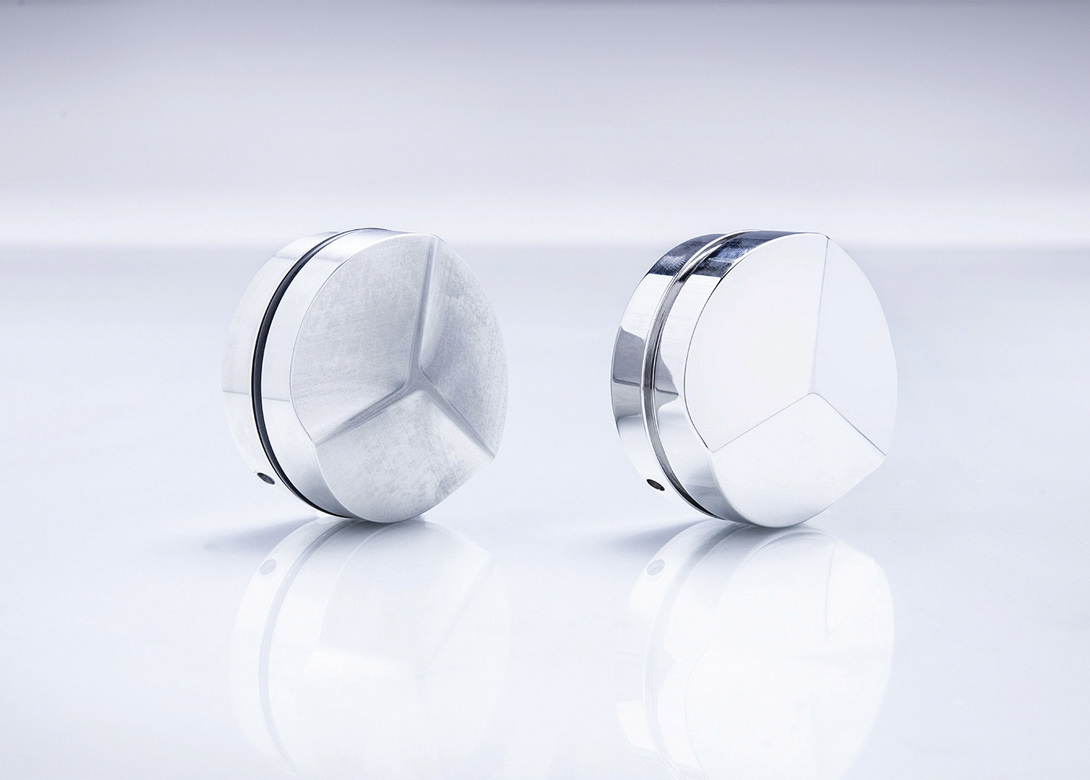
With the DryLyte system Rösler Oberflächentechnik, a full service provider for surface finishing, states it is offering an innovative system for electropolishing metal components that must have a perfect finish.
Contrary to classical electro-chemical polishing methods, DryLyte is a dry process that utilises solid particles containing electrolytes –
meaning acid baths or other process liquids are completely eliminated. Benefits of this revolutionary technology are an excellent surface finish; a high geometrical consistency of the work pieces; a lower CO2 footprint; and lower costs for waste disposal. The costly and complex treatment of used process liquids is completely eliminated and the finished work pieces are discharged from the system perfectly clean.
The fully automatic DryLyte system simplifies and helps standardise different surface finishing tasks such as deburring, surface smoothing, surface grinding, high gloss polishing and, even, post processing of 3D printed components. Depending on the initial surface conditions, and the specified finishing results, dry electropolishing can be utilised as a standalone process or in combination with known mass finishing, shot blasting and other pre-grinding methods.
The DryLyte technology is based on the principle of electro-chemical material removal from the surface of components. However, the technology does not use liquid electrolytes but a multitude of polymer pellets in different sizes – containing electrolyte media that are precisely adapted to the respective finishing task. In contrast to the traditional electropolishing systems, no hazardous vapours are generated – meaning there is no need for energy intensive exhaust systems or special protective gear for the operator. Since the materials removed from the work piece surface is absorbed by the electrolyte medium, no dust or metal particles go into the environment.
During the dry electropolishing process the work pieces, mounted to a fixture, are slowly moved through the dry electrolyte. This ensures complete coverage of the entire surface and the DryLyte method removes primarily the roughness peaks from the surface. This means the metal removal rate is minimal and the overall process is very gentle. Even in the case of delicate work pieces, with complex shapes, no damage in the form of scratches or breakage occurs.

Will joined Fastener + Fixing Magazine in 2007 and over the last 15 years has experienced every facet of the fastener sector - interviewing key figures within the industry and visiting leading companies and exhibitions around the globe.
Will manages the content strategy across all platforms and is the guardian for the high editorial standards that the Magazine is renowned.
Don't have an account? Sign Up
Signing up to Fastener + Fixing Magazine enables you to manage your account details.